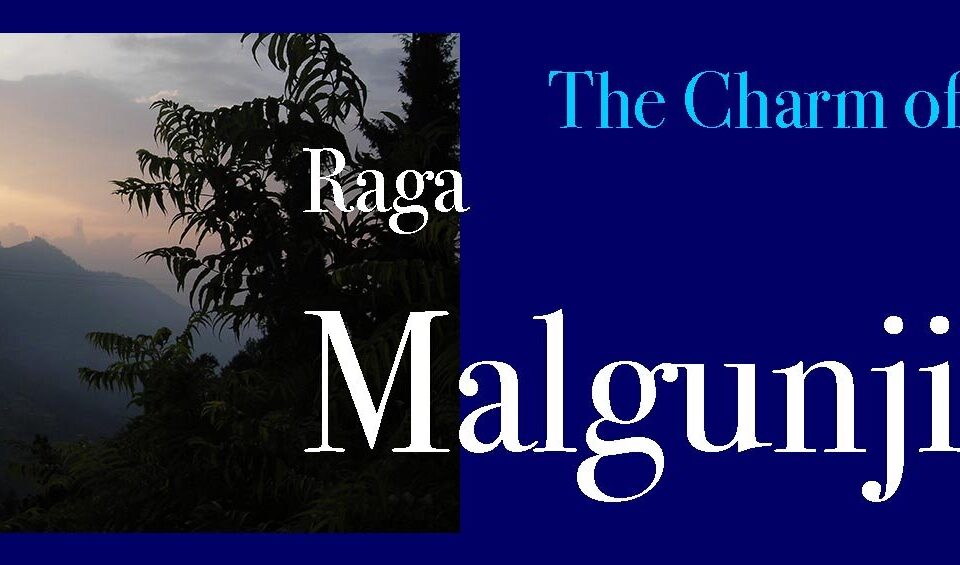So the word of caution to employers and employees alike: Don't do anything that would make you squirm if it made the headlines of every newspaper and TV channel in the world and where the anchors or scribes are your sworn enemies. Till you know what is good for you stick to Tweet Nothings.
How many books does an author have to sell before it is classified as bestseller in India? Why are Indian authors suddenly in demand? Have readers started noticing them because there is a proliferation of these authors in the bookshops in India? I believe there are many factors that have tapped into the collective potential of Indian authors - especially those who write in English. The foremost is the willingness of international publishing houses to identify local talent. What has happened is that readers who snootily ignored books that were not literary have started reading what was labeled as "commercial fiction or masala fiction".As you read this article by Sandhya Iyer, notice the happy confluence of events that lead to Indian Writing In English (IWE) growing out of its elitist bearings in the last few years to appeal to a wider mass readership, offering a variety like never before, says Sandhya Iyer in this article.
How did you decide on what career to pursue? Did you think it through or was it just a happy accident, a matter of chance or a choice that you have now learnt to tolerate because it pays for your current lifestyle. Are you the person who now believes, that everyone doesn't HAVE to just absolutely jump up with joy at going to work on a Monday morning. Let us face it - most people don't. Not unless you are wildly in love with your work and can't stop thinking about the ten different things to do at work that will give you a high. Even if the honest answer to your career lifestyle is "serendipity", remember you are spending several years of your life pursuing what may have been a chance outcome. You hope like hell you will like it. As an HR person, ever so often I meet people who are stuck in a job that they hate with all they have. Imagine what it would do to pursue a career designed around what they are passionate about. Careers and lives need to be in synch with each other. Else you are wasting your life and your talent just to earn a living to fund your lifestyle.
Collective nouns are a fascinating quirk in the English language. As the Rinkworks site would put it in the ir fabulous collection of collective nouns, "One of the craziest oddities of the English language is that there are so many different collective nouns that all mean "group" but which are specific to what particular thing there is a group of: a herd of elephants, a crowd of people, a box of crayons, a pad of paper, etc. There is great diversity of collective nouns associated with animals, from a sleuth of bears to a murder of crows."
There is a quaint little bookstore in Gurgaon, India called Quills and Canvas run by Shobha Sengupta and her husband Vivek. It is what you would expect your own cosy attic to be. Cramped but cosy, full of books of all genres, paintings by contemporary artists all existing cheek by jowl. I remember going there for a panel discussion with Sankarshan Thakur of Tehelka (http://www.tehelka.com/) the magazine that is credited with some sensational exposes, Paranjoy Guha Thakurta (media person and economist) and Amit Baruah is the Foreign Editor of Hindustan Times.
Malgunji is a complex Raga of the Khamaj Thaat. John Campana describes Malgunji as having elements of Rageshri, Bageshri and a few subtle touches of Jaijaiwanti. It is popularly described as being a combination of Raga Rageshri (in the ascent) and Raga Bageshri ( in the descent). If traditionally Raga Bageshri evokes feelings of separation from the lover, and Raga Rageshri represents reunion, Raga Malgunji depicts the initial realization of the reunion.
We have all heard about being separated from each other by 6 degrees of separation. With some people you wish the degrees of separation would be 600 instead and less than six for the ones you are desperate to meet. The group that started the website at 6bridges.com (their byline says it is "An exclusive global community of Indian Professionals") did it to connect Indian professionals across the globe. The site focuses on 6 key areas (another six) : Career growth, entrepreneurship, Re-skilling, money management, leisure and professional networking. We got chatting about this and that. Let us cross the 6bridges.
You have been called for an interview for your dream job. You have subjected yourself to being deep fried at the interviewer's mercy. Finally, you see signs of the interview coming to a close. They all look ready to call it a day. After you have finished answering the entire range of questions that the potential employers have asked, you are ready to run too. You silently wipe the invisible sweat off your brow and are getting ready to get up from the chair when the hiring manager asks you, "Do you have any questions?" That is an opportunity you could use to your advantage to help gather information that will help you decide whether or not this is the right role or organization for you.
A Sachet (pronounced Sa-Shay) was a small packet of perfumed powder placed in drawers to make clothes smell nice. It also refers to "a small sealed usually plastic envelope containing a small portion of a substance such as shampoo" says the Collins dictionary. In India the term has become synonymous with shampoos. These sachets contain upto 10-20ml of shampoo that can be a convenient and affordable option for people even at the Bottom of the Pyramid (BOP). The cola giants had Rs5 bottles of Coke and Pepsi primarily targeted at this range. Other consumer good companies - think FritoLay's packs of potato chips - have launched products in the magical five rupee zone. From shampoo to colas to cell phones, the sachet marketing option is attractive to an increasing number of consumers. The British Economist EF Schumacher blasted away at the traditional thinking of bigger is better in his work "Small Is Beautiful: Economics As If People Mattered" as long back as 1973. His idea was that for developing economies mass production needs to be replaced with "production by the masses".CavinKare made its shampoo (brandname Chik) available in a one rupee sachet since 1989. Ten years later they tried to dig deeper into the rural market by introducing a 4ml shampoo sachet for half a rupee. On 14 Decmber 1983 when Maruti Suzuki invited the Prime Minister Indira Gandhi to launch the first ten 800cc cars, the middle class of India soon made it their darling. It was small (as compared to the tank like Ambassador or the box like Fiat and perhaps a Standard Gazelle) and sleek. The sachet version of a car.









